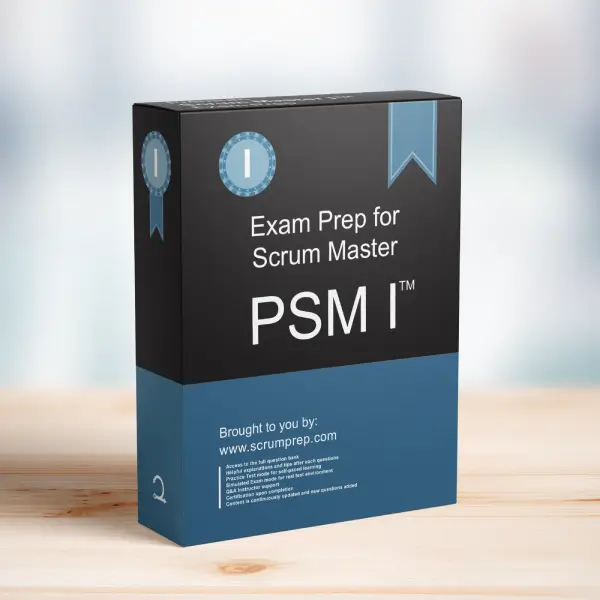Understanding How the Product Backlog is Ordered in Scrum
The Product Backlog is a key artifact in Scrum, used to manage and prioritize work items for the Scrum Team. Here’s an analysis of an exam question related to how the Product Backlog is ordered:
Exam Question
The Product Backlog is ordered by: (choose the best answer)
- A. The Product Owner with the most valuable items placed at the top.
- B. Risk, where safer items are at the top, and riskier items are at the bottom.
- C. Size, where small items are at the top and large items are at the bottom.
- D. Items are randomly arranged.
Correct Answer
A. The Product Owner with the most valuable items placed at the top.
Explanation
Why A is Correct
The Product Owner is responsible for managing the Product Backlog, which includes ordering the backlog items based on their value to the business. The most valuable items, those that provide the greatest benefit or have the highest priority, are placed at the top of the backlog. This ensures that the Scrum Team works on the most important tasks first, delivering maximum value with each Sprint.
Key Points about Product Backlog Ordering:
- Value-Driven: The primary criterion for ordering the Product Backlog is the value each item brings to the product and the stakeholders. The Product Owner makes this determination based on input from stakeholders, market conditions, and strategic goals.
- Priority Management: By prioritizing the most valuable items, the Product Owner ensures that the team focuses on delivering features and improvements that have the greatest impact on the product’s success.
- Flexibility: The Product Backlog is dynamic and can be re-ordered as new information becomes available or as priorities change. This allows the Scrum Team to remain agile and responsive to evolving business needs.
Examining the Other Options
B. Risk, where safer items are at the top, and riskier items are at the bottom: While risk management is important, it is not the primary criterion for ordering the Product Backlog. Items may be ordered based on value, which can include considerations of risk, but value remains the main driver.
C. Size, where small items are at the top and large items are at the bottom: Size or effort required is considered during Sprint Planning and estimation but is not the primary factor for ordering the Product Backlog. Value and priority take precedence.
D. Items are randomly arranged: This is incorrect as it contradicts the structured and value-driven approach of Scrum. Randomly arranging backlog items would undermine the team’s ability to deliver the most valuable product increments efficiently.
Roles and Responsibilities in Scrum
- Product Owner: Manages and orders the Product Backlog, prioritizing items based on their value to ensure that the team works on the most important tasks.
- Scrum Master: Facilitates Scrum events and supports the Product Owner and Developers in following Scrum practices.
- Developers: Collaborate with the Product Owner to understand the priorities and work on the highest-value items during each Sprint.
Relevance to the PSM I Exam
Understanding how the Product Backlog is ordered is crucial for the PSM I exam. This knowledge helps candidates recognize the importance of value-driven prioritization in Scrum and the Product Owner’s role in maximizing the product’s value. Mastery of these concepts is essential for effectively implementing Scrum practices and achieving certification.
Conclusion
The Product Backlog is ordered by the Product Owner, with the most valuable items placed at the top. This value-driven approach ensures that the Scrum Team focuses on delivering features and improvements that have the greatest impact on the product’s success. Understanding this aspect of the Scrum framework is crucial for success in the PSM I exam.
For comprehensive preparation and practice exams, check out PSM I Exam Prep to enhance your understanding and application of Scrum principles.



